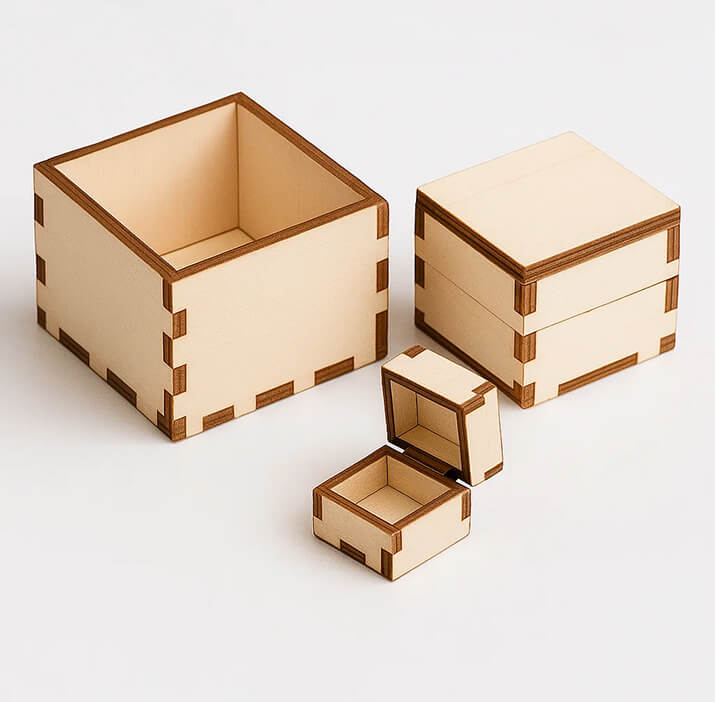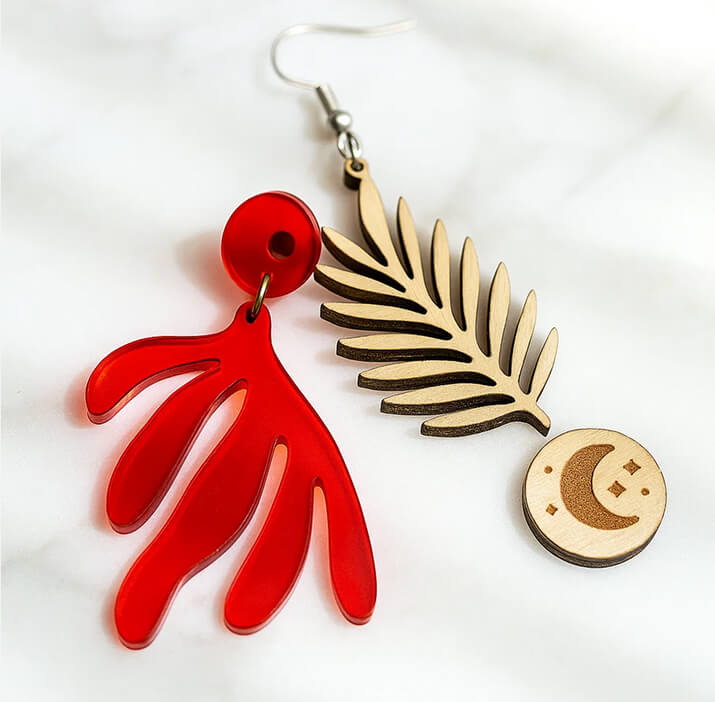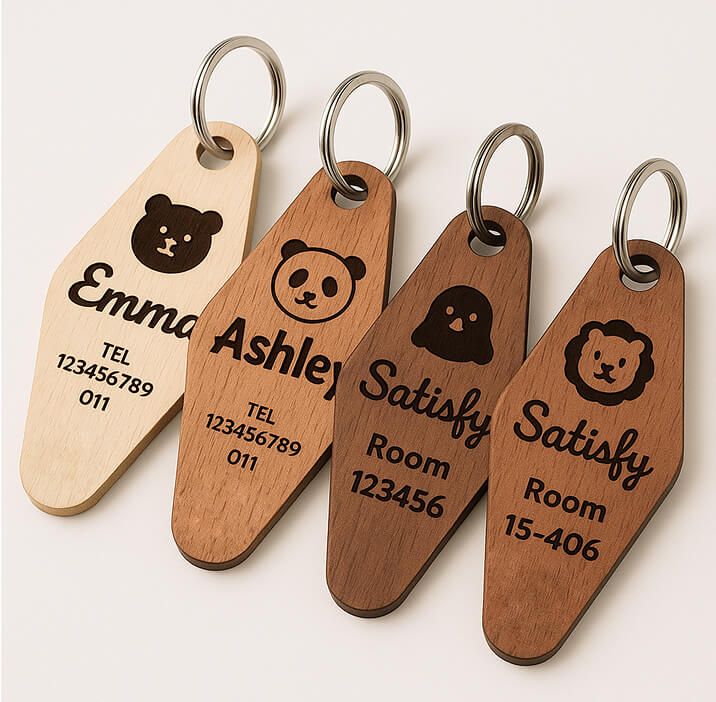![[Laser cut and engrave] Etched glass tile sign](https://image-res.xtool.com/ali-res/community/making/c0b741a1-c203-4a97-9f1e-f28494b0d36e/IMG_5038.jpeg?x-oss-process=image/resize,w_1200,h_900,limit_0/interlace,1/format,webp/auto-orient,1)
Etched glass tile sign
Information
This is a sign I created for the consultancy I work with. Rather than ceramic tile, I used a glass tile, which has a painted coating behind the glass surface. By focusing and engraving on that surface, you can create a nice, etched effect. I've uploaded the test file that I used to determine the proper settings. Since this was a custom project for a specific company, I did not upload my project file—but it should be pretty easy for you to create your own.
Instruction
Step1: Acquire and test material
Find and acquire a glass tile that you find appealing. You're looking for clear or tinted transparent glass tiles with a painted back. I recommend purchasing a few of them. I purchased mine from Home Depot. It's a clear glass tile with a white-painted back and beveled edge, giving it a framed effect.
My tiles had product labels affixed to the back. Without using Goo-Gone or anything like that (for fear of affecting the back finish), I slowly and carefully removed the back label. You'll want to do the same. Since you're technically engraving on the back of the tile, you need to ensure it's free of any foreign labels or residue.
Every material is different, so I recommend starting out with a test to determine which setting works best for your tile. The accompanying test file will run two different tests so you can tune the settings you need.
I ran my project by engraving through the glass to the back—I'm technically focusing on the back surface. To measure this, I put two of the triangular prisms close together near the measuring light and put a thin piece of white paper on it. Then I ran auto-measure. Once set, I removed the paper and separated the triangular prisms so they'd rest under the far ends of the tile, laying one of my tiles on top with the clear glass side up.
Finally, I framed and processed it. Burning paint is smelly and probably not so good to breathe, so I wore my respirator while this was running.
Step2: Process the sign
With the tests out of the way, I imported the company logo for the sign I wanted to make and sized it appropriately. You can import or create any vector drawing. I haven't tried bitmap engraving. That may require more testing.
Place a new, blank tile in your engraver, and use the same thickness setting from your test patterns.
To get the optimal settings for the engraving, I looked at my tests for the result that was most consistent without being too slow or over-burning the backing, so I went with 100% at 50mm/s. I also bumped the lpcm up to 160. I'm not listing them here as project settings, though, because everyone's results will be different.
Frame it out and process. Since you're focusing on the back side of the tile, air assist isn't going to help here. And again, consider wearing a respirator while this is going.
Step3: Check results and sit on base
There isn't any real finishing necessary on a job like this. Before you touch or remove the tile, though, view it carefully for problem areas. I found that certain imperfections in the back surface resulted in a few letters not appearing as cleanly as I'd like. So before touching anything, I re-processed the canvas with only the text set to Output while Ignoring everything else.
Seated on a grooved base to hold the sign upright, your tile will look professional on a shelf, a conference table, or anywhere you want to display your brand!




